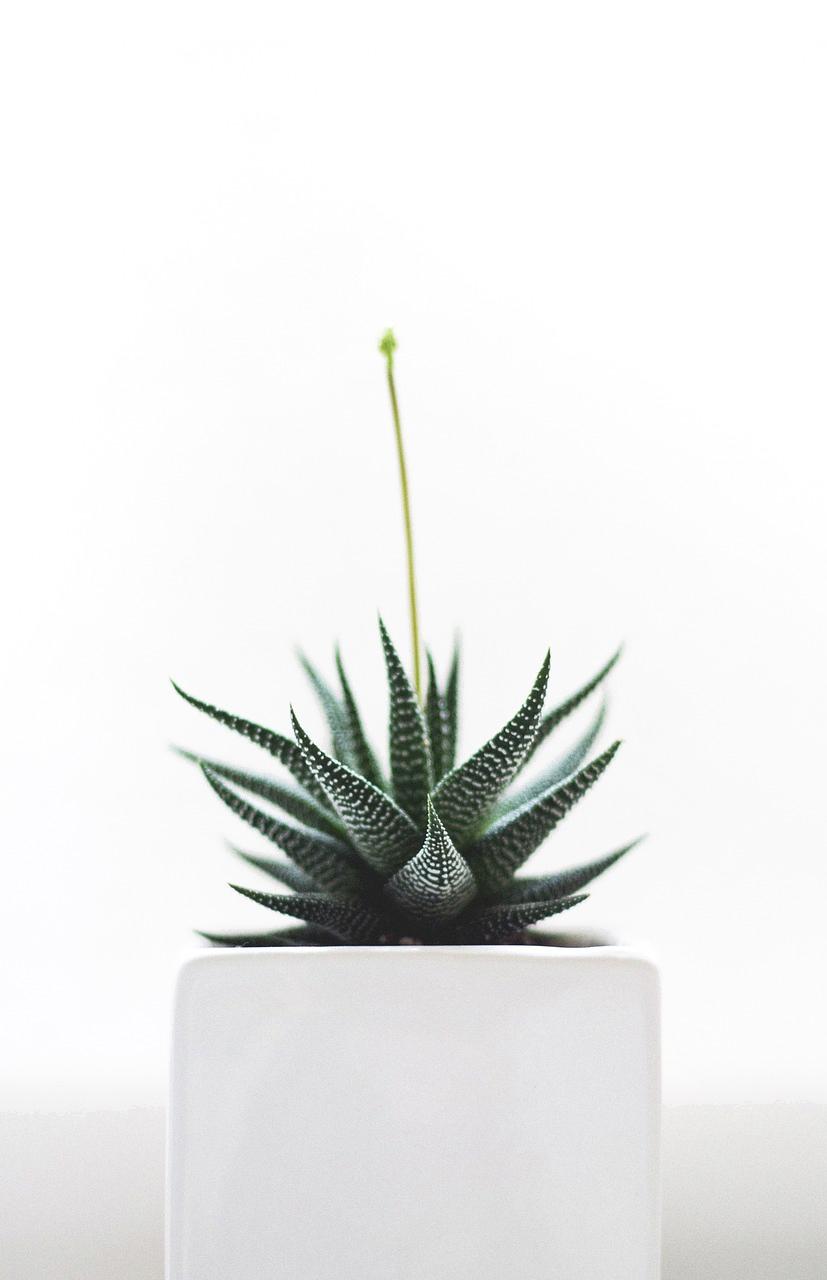When it comes to propagating prickly pear cactus, there are several methods to consider. One common way is by using the pads of the cactus, which can be cut and planted to grow new plants. Another method involves harvesting seeds from the fruit of the cactus and germinating them to start new plants. Regardless of the method chosen, it’s essential to follow proper techniques to ensure successful propagation.
Gathering Prickly Pear Pads
To propagate prickly pear cactus using pads, you’ll need to carefully select healthy pads from a mature plant. Choose pads that are firm, plump, and free from any signs of damage or disease. Using a clean, sharp knife, cut the pads at an angle to prevent water accumulation and rot. Allow the cut ends to dry and callus for a few days before planting to reduce the risk of rot.
Preparing the Planting Site
Before planting the prickly pear pads, it’s crucial to ensure that the planting site offers well-draining soil and receives ample sunlight. Choose a location that mimics the cactus’s natural habitat, such as a sandy or gravelly area with good air circulation. Avoid planting in areas prone to waterlogging, as this can lead to root rot and other issues.
Planting Prickly Pear Pads
Once the cut ends of the prickly pear pads have callused, they are ready to be planted. Dig a shallow hole in the prepared soil and place the pads in an upright position, burying them just deep enough to provide stability. Water the newly planted pads lightly to settle the soil around them, being careful not to overwater, which can cause rotting.
Caring for Newly Planted Pads
After planting the prickly pear pads, it’s essential to monitor them regularly and provide adequate care. Water the newly planted pads sparingly, allowing the soil to dry out between waterings to prevent overwatering. Additionally, protect the young plants from extreme weather conditions and potential pests to promote healthy growth.
Harvesting and Preparing Prickly Pear Seeds
If you choose to propagate prickly pear cactus from seeds, start by harvesting ripe fruits from a mature plant. Extract the seeds from the fruit pulp and rinse them thoroughly to remove any remaining pulp. Allow the seeds to dry completely before storing or planting them to prevent mold growth and improve germination rates.
Germinating Prickly Pear Seeds
To germinate prickly pear seeds, sow them in well-draining cactus soil or a mixture of sand and perlite. Keep the soil consistently moist but not waterlogged, and provide warm temperatures to encourage germination. Cover the seeds lightly with soil and place them in a sunny location, such as a windowsill or under grow lights.
Transplanting Seedlings
Once the prickly pear seedlings have developed several true leaves, they are ready to be transplanted into individual containers. Carefully remove the seedlings from the germination tray, taking care not to damage the delicate roots. Plant the seedlings in small pots filled with well-draining soil and provide them with bright, indirect sunlight to promote healthy growth.
Providing Adequate Care for Seedlings
After transplanting the prickly pear seedlings, it’s crucial to continue providing them with proper care. Water the seedlings sparingly to prevent waterlogged soil, and avoid exposing them to harsh sunlight, which can cause sunburn. Monitor the seedlings for signs of pests or diseases, and take prompt action to address any issues that arise.
Promoting Healthy Growth
To ensure the successful growth of propagated prickly pear cactus, it’s essential to create optimal growing conditions. Provide the plants with ample sunlight, well-draining soil, and proper air circulation to prevent issues such as rot and mold. Additionally, fertilize the plants sparingly during the growing season to promote robust growth and flowering.
Overwintering Prickly Pear Cactus
As winter approaches, it’s crucial to prepare your prickly pear cactus for the colder months. Reduce watering gradually as the temperatures cool to prevent excess moisture in the soil, which can lead to rotting roots. Consider moving potted cacti indoors to protect them from freezing temperatures and provide them with a sunny location to maintain their health.
Enjoying the Fruits of Your Labor
Propagation can be a rewarding process that allows you to expand your prickly pear cactus collection and share plants with others. By following proper techniques and providing the necessary care, you can enjoy the beauty of your propagated cacti as they grow and thrive in your garden or home. Remember to stay observant and attentive to your plants’ needs to ensure their continued health and vitality.

